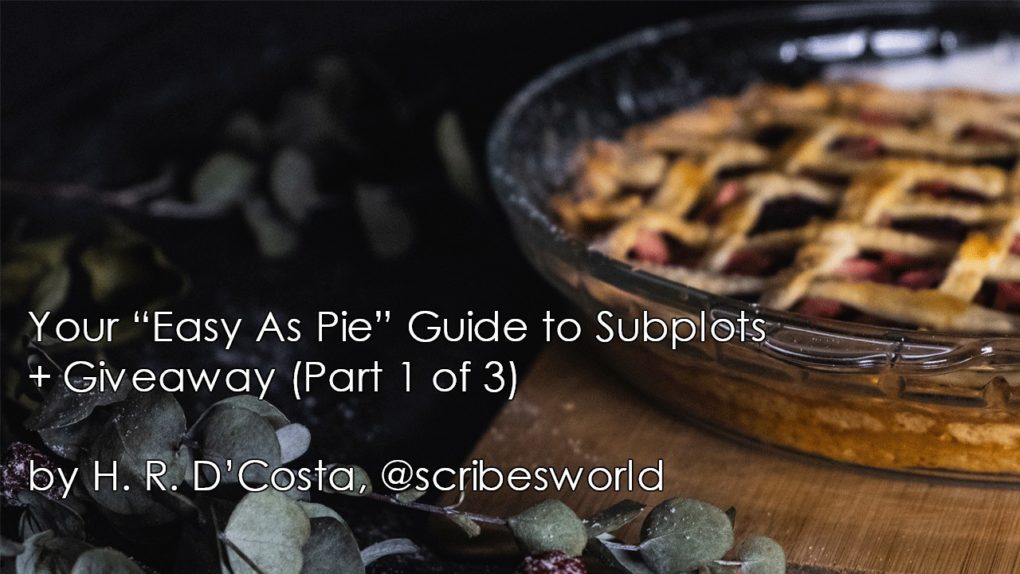
by Elizabeth S. Craig, @elizabethscraig
Hope everyone had a good Halloween. Apparently I still have scary stuff on the brain. :)
The subjective nature of fear:
I’m not usually a fan of being terrified when I read or watch something. And I think I have a very low-threshold in terms of what’s scary. I recommended the first “Halloween” movie to my father last month (he’d never seen it). He was glad he watched it because he now understands a lot of pop-culture references. But he didn’t think it was scary . . . and the film scared me to death. I think the scariest moment was at the very beginning of the movie when two girls were walking home from school in broad daylight and one of them, and the viewer, sees a creepy man wearing a mask by a row of bushes. It bothered me because it came out of nowhere: it wasn’t even nighttime. And it took place in a public (which I equate to safe) location.
My high school senior daughter had to watch “Texas Chainsaw Massacre” last week at a school film club for extra credit for a sociology class (I know, I was baffled, too, ha). Before she left, I warned her that it was very scary. She came back to tell me that it wasn’t scary . . . it was disturbing.
So I struck out twice on what was scary. To two different generations.
Knowing reader expectations for what’s scary in your genre:
I don’t think it matters too much that I’m such a chicken when it comes to scary books and movies. That’s because I understand that I’m on the same wavelength with my readers. Once when I was writing a book for the Memphis Barbeque series and scared myself in the process (the only time I’ve done this except when writing my zombie book). I immediately realized the scene was too dark and needed to be toned down.
For cozies, I think the expectation is more for tension than fear. Cozies are generally an escape. Tense moments are fine. But too much darkness and drawn-out scares are probably more fitting for other genres. Of course writers can write however they want…but to be more of a commercial match for the audience, it’s a good idea to keep reader expectations in mind.
The premise of cozies is “the killer among us.” That, to me, is scary enough. Unlike some genres, the cozy mystery presents the murderer as someone in our neighborhood, our family, our quilt guild, our church.
Maybe you write for a genre that has some latitude with its scares. For further reading on delivering fright, read:
“How to Tell Scary Stories, from the Co-Creator of ‘American Horror Story‘ : 8 tips from Brad Falchuk via Joe Berkowitz
“Writing Scary Scenes”: tips from writer Rayne Hall
“How to Write a Scary Scene“: by Susan Dennard
How tolerant are you of being scared? How scary are your books?
Photo credit: Pensiero on Visual hunt / CC BY-NC-ND





